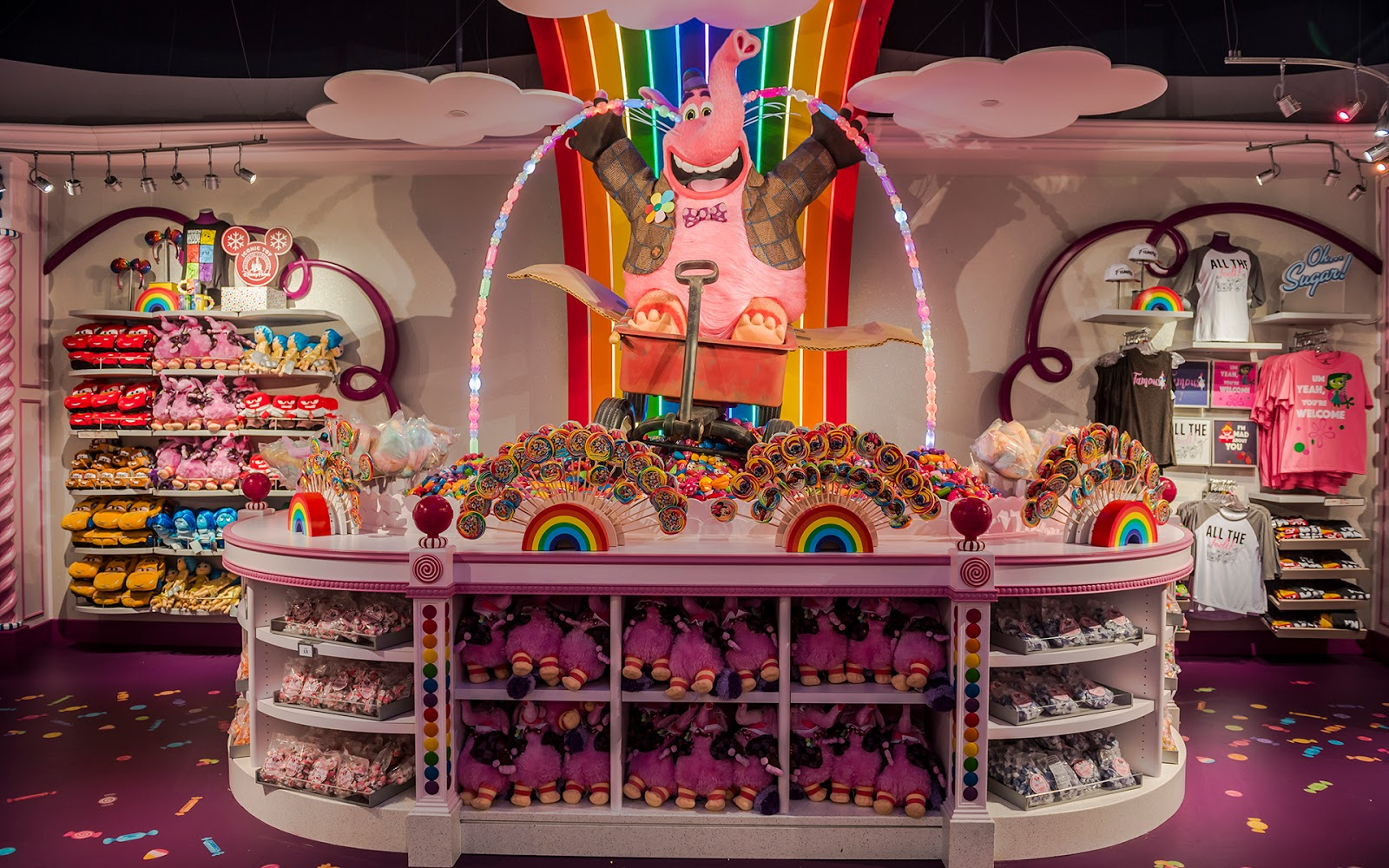Glass bongs are one of the most popular and versatile ways to enjoy smoking herbs or tobacco. They offer a smooth and flavorful experience, as well as a variety of designs and features to suit different preferences and needs. The glass bong industry and community are constantly evolving and growing as new technology and innovation emerge. The future of glass bongs is bright and promising as more people discover the benefits and pleasures of smoking through water pipes.
In this article, we will explore some of the latest trends and innovations in the glass bong industry and community.
The Evolution of Glass Bong Shapes and Sizes
Glass bongs have come a long way since their emergence in the early 1970s, when they were simple cylindrical shapes with rubber mouthpieces and carburetors. Today, consumers can choose from various glass bongs in different shapes, sizes, and styles. Some of the most common shapes include:
- Beaker bongs: These have a wide base that resembles a laboratory beaker, which provides stability and water capacity. They are ideal for large hits and easy cleaning.
- Straight tube bongs: These have a straight vertical tube that connects to a downstem and a bowl. They are simple, classic, and efficient.
- Bubbler bongs: These are smaller versions of bongs that have a built-in water chamber and a mouthpiece. They are portable, discreet, and easy to use.
- Percolator bongs: These have one or more chambers that contain percolators, which are devices that filter and cool the smoke by creating bubbles. They offer a smoother and cleaner hit, as well as enhanced flavor.
- Recycler bongs: These have two chambers that are connected by tubes, which allow the water and smoke to circulate between them. They provide optimal filtration, cooling, and flavor retention.
Glass bongs also vary in size, ranging from mini bongs that are less than 10 inches tall to giant bongs that can reach over 6 feet tall. The size of the bong affects the amount of smoke produced, the intensity of the hit, and the portability of the device. Smaller bongs are easier to carry around and store, while larger bongs offer bigger hits and more impressive visuals.
The Emergence of New Materials and Features
While the traditional designs of glass bongs have remained popular, innovations have revolutionized the industry. For example, the emergence of silicone bongs creates an alternative to durable and travel-friendly glass. Silicone is a flexible and resilient material that can withstand high temperatures, drops, and bends. Silicone bongs are easy to clean, store, and transport, making them ideal for outdoor use or frequent travel.
Glass ice molds have been launched, adding a new level of precision for the ice pinch in bongs. Ice pinches are indentations in the tube that hold ice cubes, which cool down the smoke as it passes through them. Glass ice molds allow users to create custom-shaped ice cubes that fit perfectly into their bongs, enhancing the cooling effect and aesthetic appeal.
Glass blowers have also experimented with color techniques, shaping, and molding, to make functional art pieces. Some examples of these techniques include fuming, which involves applying gold or silver vapor to the glass to create iridescent colors; dichroic glass, which involves embedding thin layers of metal oxides to create reflective colors; wig wag, which involves twisting and pulling colored glass rods to create spiral patterns; millefiori, which involves slicing cross-sections of multicolored glass rods to create flower-like patterns; electroforming, which involves coating glass with metal using electricity to create textured surfaces; sandblasting, which involves spraying sand at high pressure to create frosted or etched effects; sculpting, which involves shaping molten glass into various forms such as animals or plants; etc.
The Growth of Glass Bong Culture and Community
Glass bongs are not only devices for smoking herbs or tobacco; they are also expressions of personal style, taste, and identity. Glass bongs have become collectible items for many enthusiasts who appreciate their craftsmanship, beauty, and functionality. Glass bong collectors often display their collections on social media platforms such as Instagram or YouTube, where they share their reviews, tips, stories, and opinions with other like-minded users. Glass bong culture and community have also expanded to offline spaces such as festivals, conventions, competitions, and exhibitions, where glass blowers and consumers can interact, network, and showcase their work.
Glass bongs have also inspired artists, musicians, and celebrities to incorporate them into their creative projects and public personas. For instance, rapper Snoop Dogg is known for his love of glass bongs and has collaborated with several glass blowers to create custom pieces. Singer Miley Cyrus has also expressed her admiration for glass bongs and has featured them in her music videos and concerts. Actor Seth Rogen is another avid glass bong fan who has shared his collection and knowledge on social media and podcasts.
Conclusion
Glass bongs are more than just smoking devices; they are symbols of innovation, artistry, and culture. The glass bong industry and community have evolved significantly over the years, as new trends and innovations emerge. The future of glass bongs is exciting and promising, as more people discover the benefits and pleasures of smoking herbs or tobacco through water pipes.





